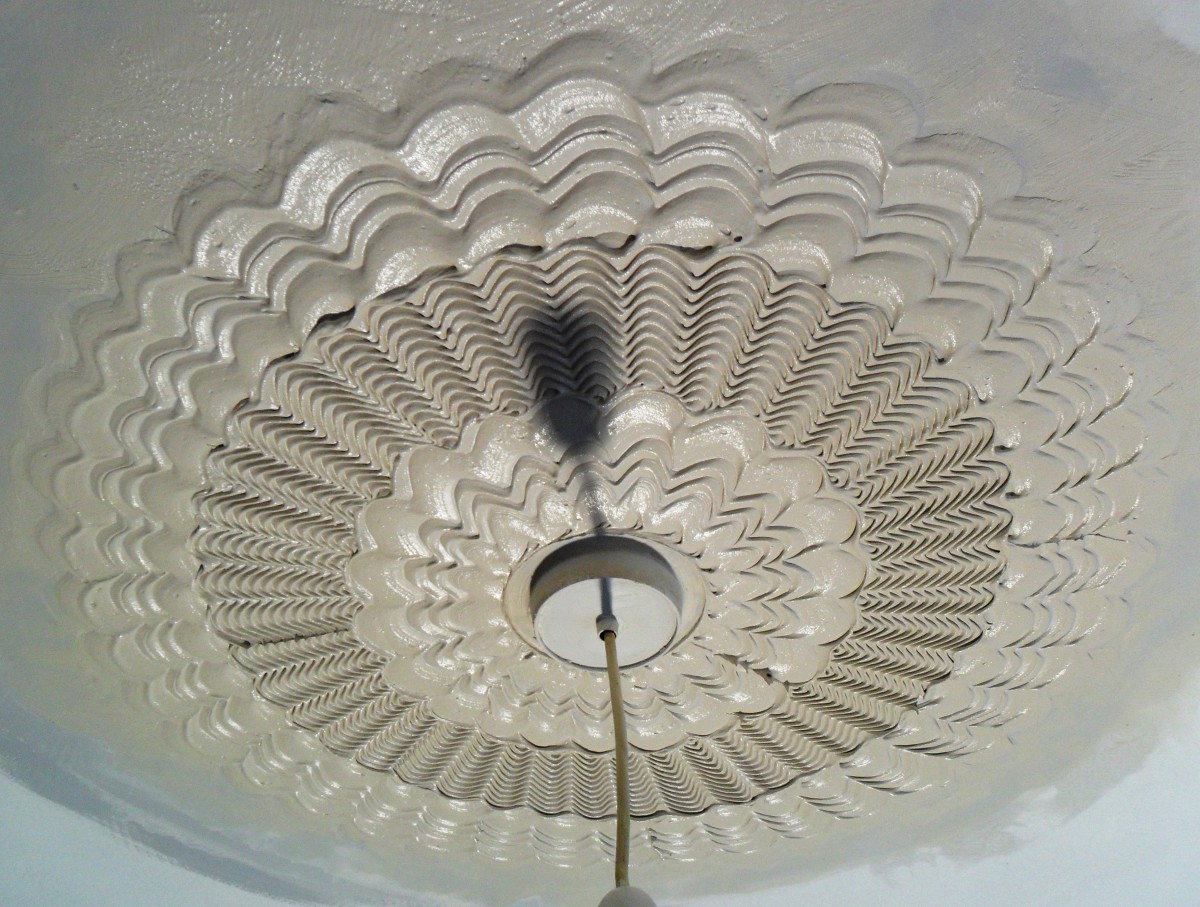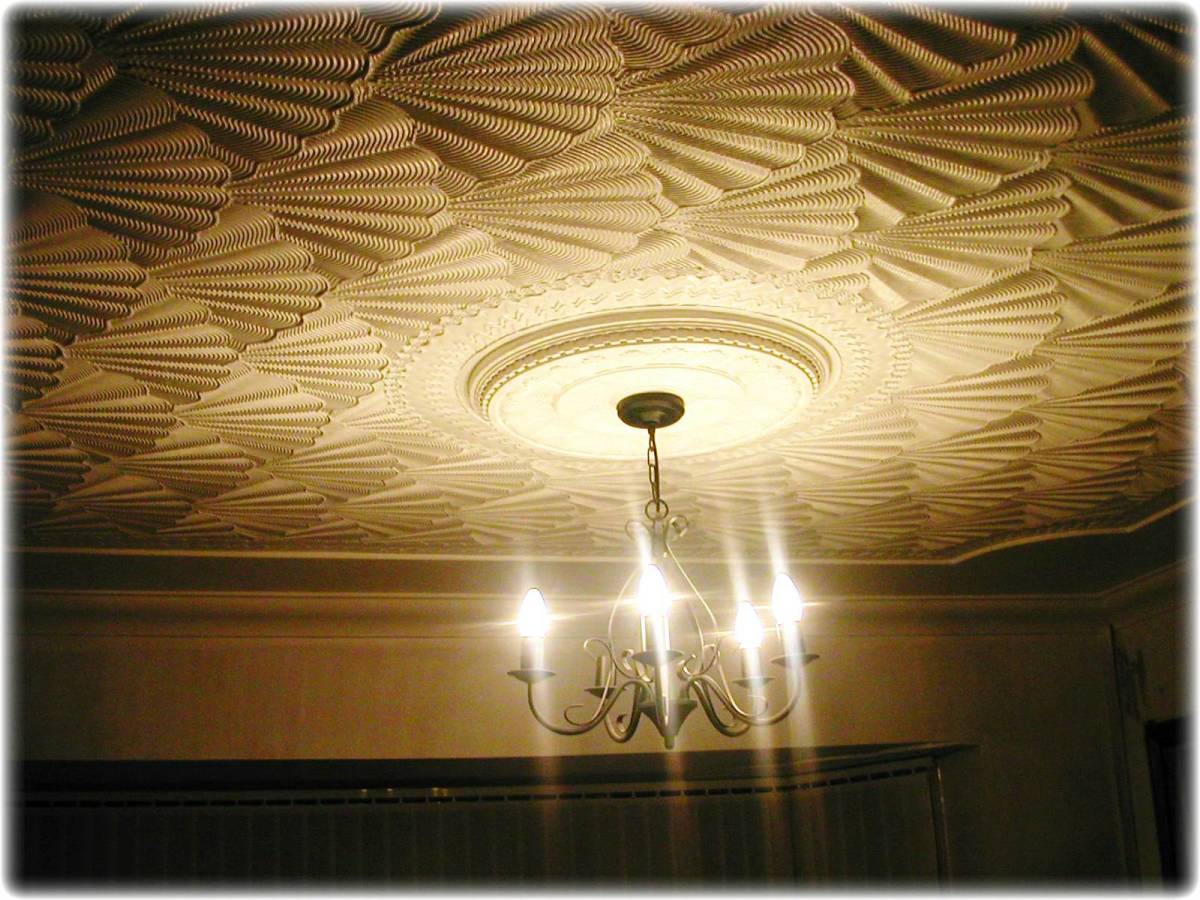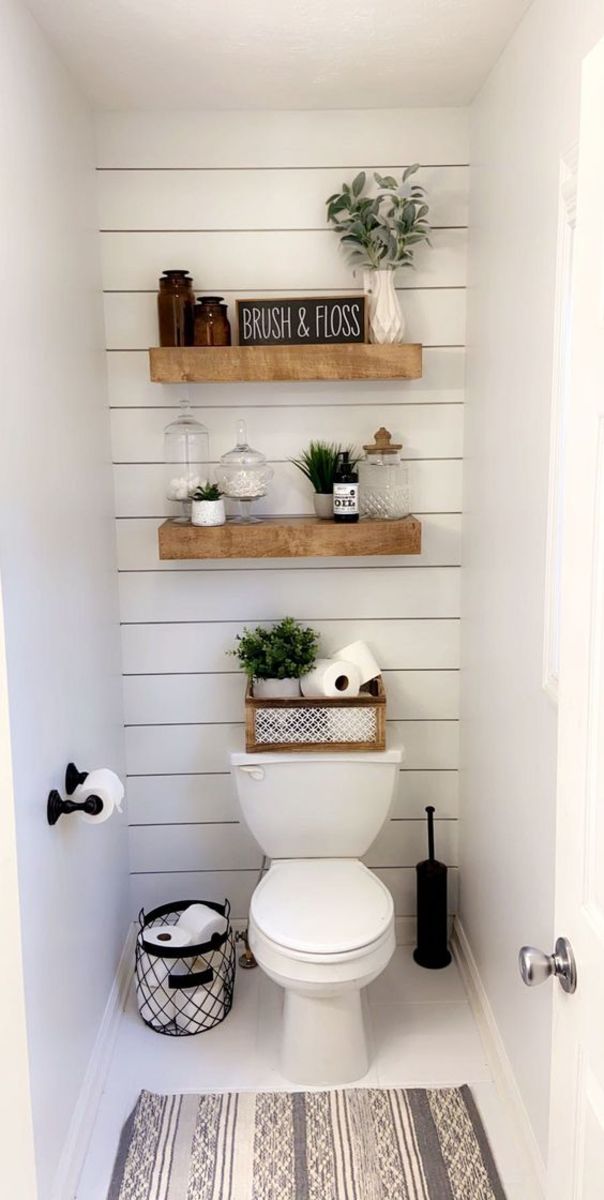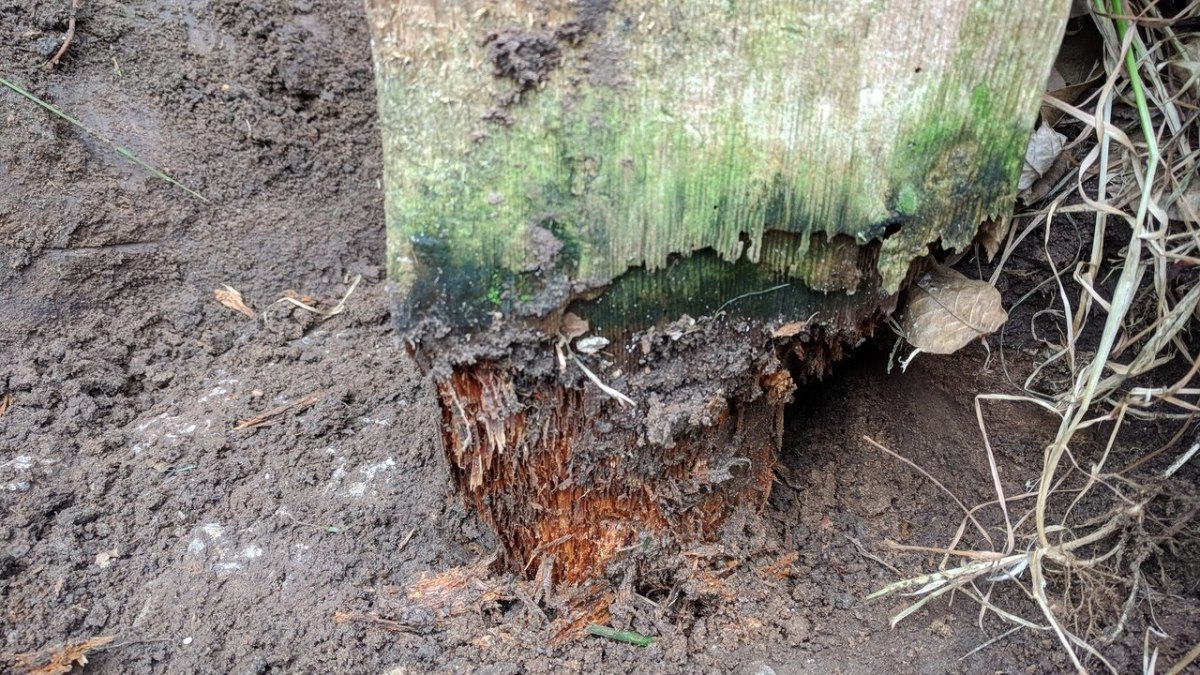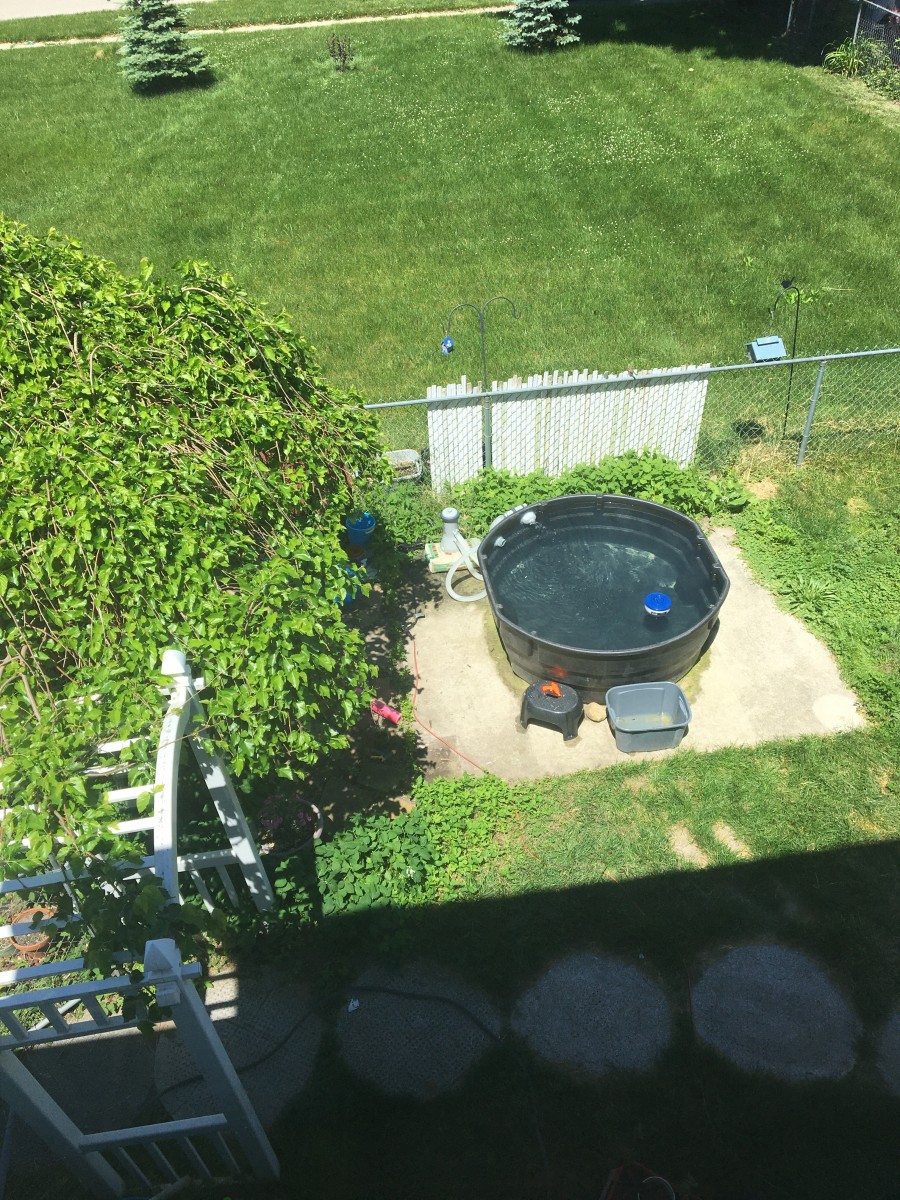How to Patch Drywall That Has Texture
Repair Textured Drywall
Patching your textured sheetrock or drywall is a little more challenging than doing a smooth wall; but commercially available spray texture products permit a good repair. These products work very well on orange peel or spatter textures. Orange peel texture is aptly named. It looks like the skin of an orange. Spatter is a lighter application, more like individual bumps with some smooth wall visible between the bumps. Spray texture is also available for patching knockdown or "Mediterranean" type drywall textures, but those details are not covered here.
Tools and materials that may be needed
The tools and materials required vary depending on the size of the hole you are repairing.
All Holes
- Drywall joint compound
Small Hole
- Putty knife
- Old toothbrush
Medium Hole
- Self-adhesive mesh patch material
- Taping knives (3 and 6 inch)
Large Hole
- Piece of drywall large enough for repair
- Piece of scrap plywood or board
- Drywall screws
- Carton knife or equivalent
- Screwdriver or cordless drill
- Paper joint tape or self-adhesive fiberglass tape
- Taping knives (3 and 6 inch)
Medium or Large Hole add the following
- Taping knives (3 and 6 inch)
- Spray can of texture material
- Drop cloths and/or plastic
- Light duty (approximately .31 mil) "painters plastic
- Paint (primer and finish)
- Sandpaper 150 grit
Patch the hole and blend in with surrounding wall
For detailed instructions on patching varying sized holes in drywall and applying drywall tape and compound see the hubs Sheetrock Repair - How To Patch And Repair Holes In Drywalland How to Tape and Apply Joint Compound to Drywall. A brief summary of the techniques follows.
Patch small holes with just a bit of joint compound or spackling compound. Patch medium sized holes with commercially available self-adhesive aluminum or synthetic mesh material. This mesh material is also available with thin solid metal backing for added strength. For large holes insert and attach wood backing material in the hole or cut out a rectangular section of drywall out to the center of the studs on either side. In either case fit a repair piece of drywall into the opening and attach it with drywall screws. Use fiberglass mesh tape or paper tape on the joints around the large repairs. Joint compound shrinks as it dries so multiple coats are required. Apply and sand 2 or 3 coats of joint compound to cover and feather out the edges of the patch.
Particularly in patching large holes, it is important to work carefully and patiently to get a repair that blends smoothly with the rest of the wall. Texture will not hide a poorly blended patch. When in doubt apply additional thin coats of compound and sand them carefully. With a textured wall you will need to sand off the existing texture around the patch just a little beyond the area where you will be spreading joint compound. You do not have to get the texture off perfectly. Just get it smoothed down a bit so the blending will work better. Also be careful not to sand off the covering paper on the drywall. At the edges of the dried joint compound where you need to feather into textured areas, wet rag sanding works well. Use a damp rag instead of sandpaper. If the rag is too wet it will take off too much compound, but if wrung out almost dry and used with light pressure it will help you to blend very nicely into the textured area.
Retexture small areas
For nail or screw holes or small patches "spatter painting" works pretty well. Add more water to a small amount of joint compound so that it is almost "runny" (you will need to experiment here). Dip an old, fairly stiff toothbrush into the wet compound and then pull your thumb from front to back on the bristles while holding the toothbrush near the wall.
Retexture large areas
For retexturing larger areas buy a spray can of texture from one of the large home improvement stores or a hardware store or online. Some of these cans have different size straws to adjust the amount of texture applied; others have an adjustable nozzle. Matching the existing texture is a bit touchy. Practice on a large piece of cardboard to get a feel for how to apply the material and also to choose the right straw or texture nozzle setting. Spray the texture in a sweeping motion in short bursts and gradually build up the amount that you need. Step back often to judge your progress and to see where more texture is needed and how well your work is blending with rest of wall. Very lightly lap into the existing texture on the wall to better blend your repair. Also use drop cloths or plastic and drape off wall area beyond where you are patching because there will be drips and the "sweeping motion" application tends to get material a little too far out at times. Very light, .31 mil "painters plastic" works well to shield wall areas. Just tape it to the wall with masking tape.
Prime and paint
Prime the patched area with a good drywall primer. For faster recoating use one of the quick drying spray can products like Kilz or Zinseer Bull's Eye 1-2-3 that permit finish coating in about one hour. Repaint as necessary. If wall is painted with latex paint and you still have some of the original color and the paint job is not too old, you can probably just paint the patched area and feather into the existing paint. Latex paint blends pretty well even with touch up a year or so after the original paint job.
Heavier textured areas
Some textured ceilings are just a more heavily applied version of the orange peel texture on the wall. These can be matched with a heavier setting on the spray can nozzle. There are also "popcorn" ceiling textures. These actually have particles of polystyrene mixed in with the spray that is put on the ceiling and come in medium and coarse grades. Repair cans for these are also available. Finally there are spray texture cans with material to repair walls with heavier "Mediterranean" knockdown style texture. For these follow the manufacturer's directions.
Additional tips
-
Home improvement stores typically have some partial sheets of drywall (e.g. 2 foot x 4 foot) salvaged from damaged standard sheets, so you don't have to buy an entire standard 4 foot by 8 foot sheet when making repairs.
-
For small and medium repairs a hair dryer can be used to speed up the drying of the joint compound between coats.
-
Use damp rag sanding in addition to sandpaper.
-
Use the following technique if one edge of your large wall patch meets the adjacent wall or a ceiling. Hold a metal yardstick or carpenter's square tightly to the surface while cutting along it carefully with a sharp carton knife to get a very straight edge. You can alternately cut that edge on a stationary power saw with a fine blade to get a very straight, smooth cut. Wear a dust mask while power sawing since this approach is very dusty work. (Heavy use of drywall power sawing is not recommended, as the dust is abrasive and could damage motor bearings.) Fasten the patch securely and then carefully caulk the corner joint rather than trying to tape it. Don't use too much caulk and smooth and even out the caulk with a wet finger. Clean smears quickly with a wet rag.
-
Provide good ventilation, as spray texture and spray paint products produce strong fumes.
-
If you are cutting drywall back to the studs with a saw, inspect inside the hole with a mirror and light or some other means to be sure you do not hit any electrical wiring that may be stapled to the sides of the studs or crossing between the studs. You may also need to avoid plumbing or ductwork in the wall.


